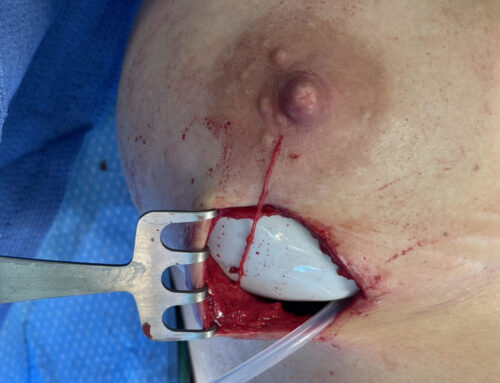There are a number of ways to characterize and define the nervous system. First of all, the primary cells that comprise the nervous system are called neurons. Groups of neurons all heading in a certain direction and bundled together are called nerves. Nerves can be classified along several parameters.
To begin, nerves can be either purely motor, purely sensory or mixed. Motor nerves are those responsible for moving a muscle. Sensory nerves are exclusively responsible for sensation to a part of the body and as you might guess, mixed nerves are comprised of both motor and sensory neurons. Nerves can be subdivided into somatic and autonomic nerves according to the types of muscles they innervate. The somatic nervous system is responsible for controlling voluntary (i.e., skeletal muscle). For example, when you drink from a cup, it is the somatic nervous system that controls the biceps muscle that flex at the elbow to allow you to bring the cup to your mouth. On the other hand, the autonomic nervous system is responsible for controlling the involuntary movements of the body such as the muscles that move food along the intestines and those that control our heartbeats. The autonomic nervous system can be furthered sub-classified into sympathetic and parasympathetic nerves. The former are nerves that are involved in mobilizing energy, such as those that increase our heartbeats and activate our sweat glands during a “fight or flight” response. The latter are generally involved in conserving energy, such as those that aid in digestion and slowing of the heart rate during a meal.
However, one of the simplest ways to classify the nervous system is the location of the nerves themselves – in other words, into the central nervous system and peripheral nervous system. The central nervous system refers to the brain and spinal cord. The peripheral nervous system refers to all of those nerves outside of your brain and spinal cord. Therefore, peripheral nerve surgery refers to operations designed to address pathology within the peripheral nervous system. The most recognized example of peripheral nerve surgery is the operation designed to release the median nerve, which is the nerve that is compressed (i.e., pinched) in patients with carpal tunnel syndrome. However, nerves can be pinched throughout the body whether at the wrist as in carpal tunnel syndrome, at the elbow as in cubital tunnel syndrome, in the foot/ankle region as in patients with tarsal tunnel syndrome and of course in the head and neck region in patients with chronic headaches, often mis-diagnosed as chronic migraines. The take home message is that if you suffer from chronic headaches that are refractory to conventional treatment modalities such as medicine and physical therapy or massage, the problem might be a mechanical compression of a peripheral nerve or nerves in the head and neck and may be amenable to treatment by an experienced headache surgeon. Therefore, do not despair if standard treatments have not worked, there may be an explanation and a solution.
Find out more about treating your migraine symptoms by contacting us HERE.




